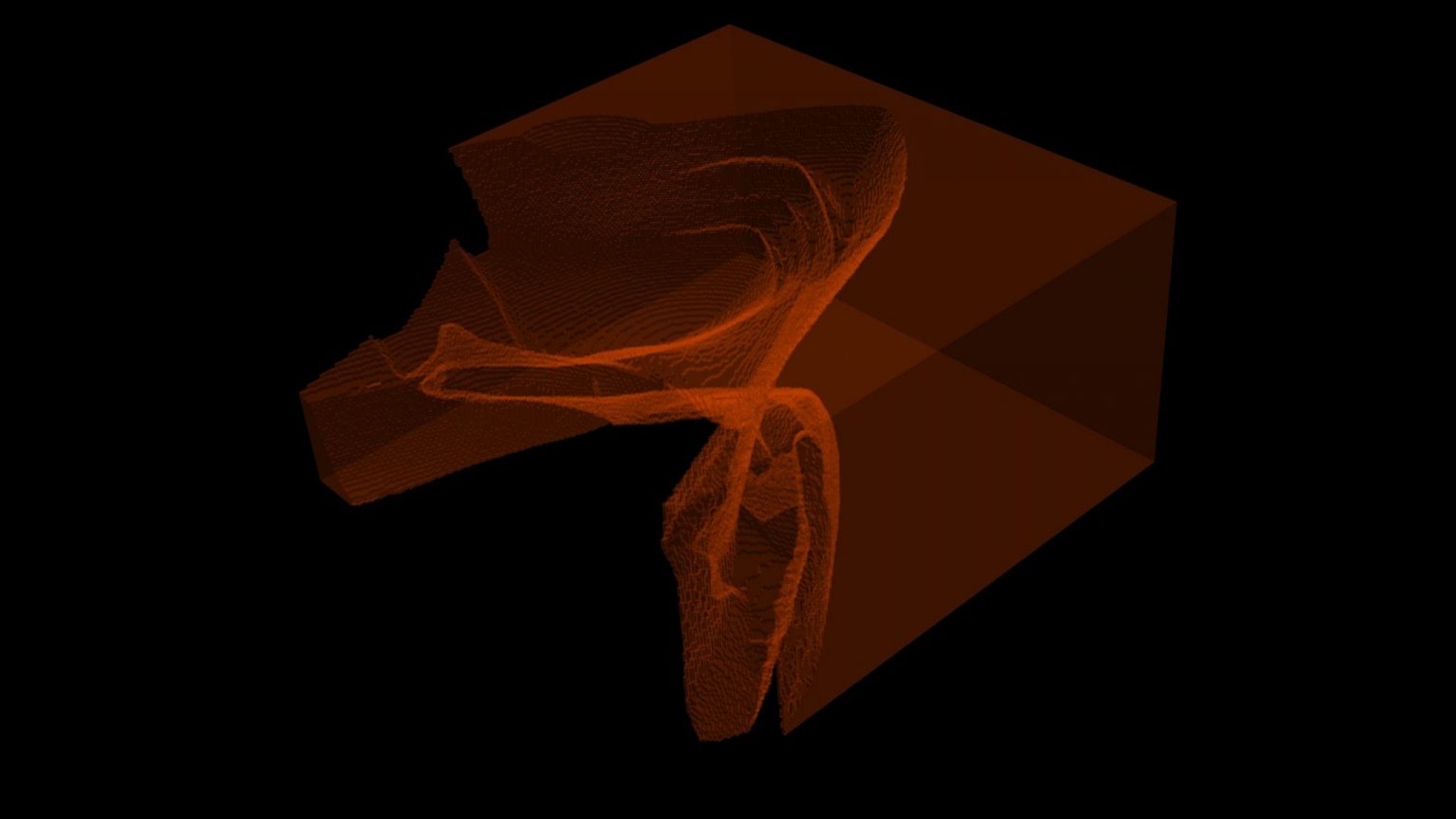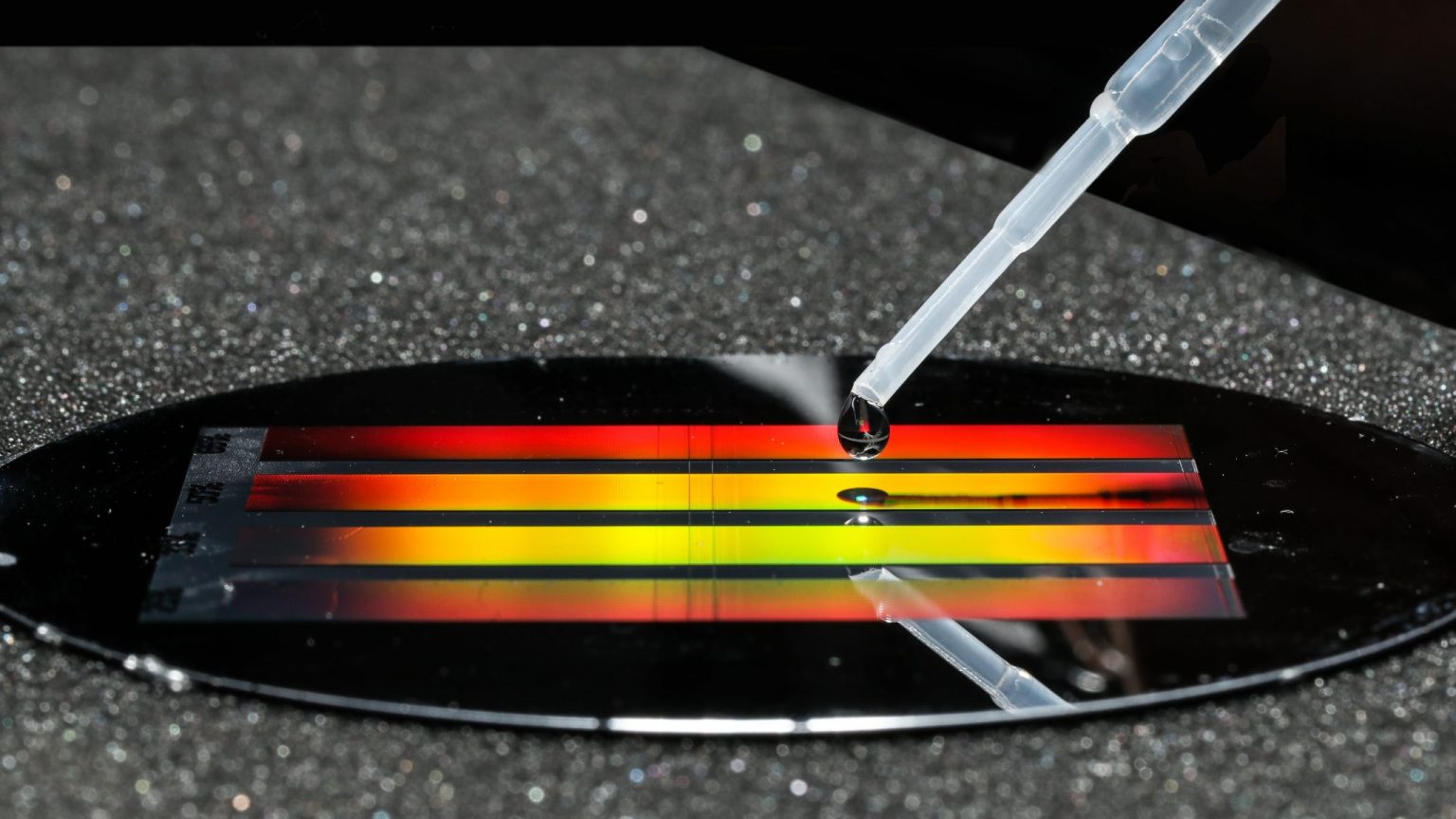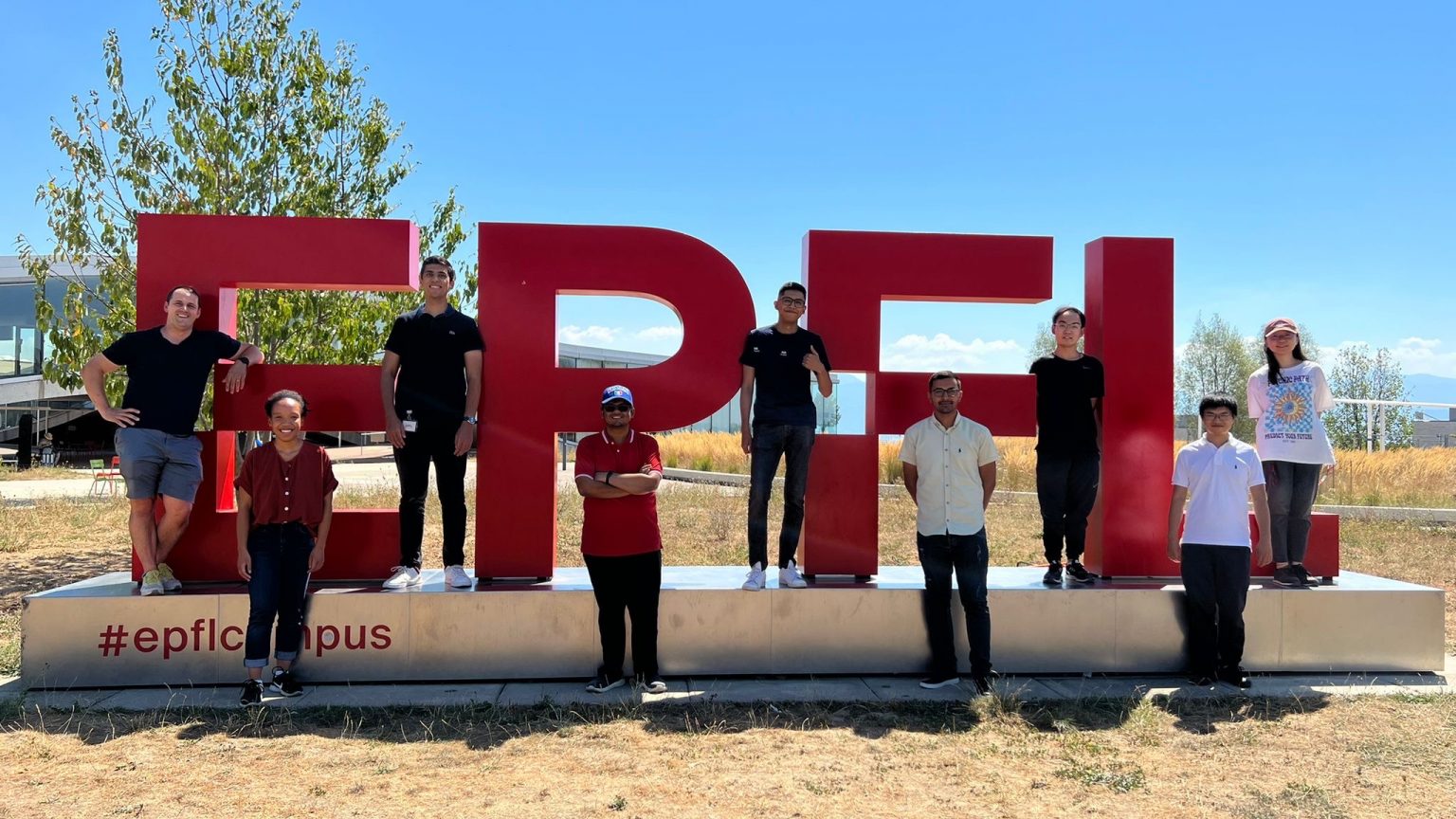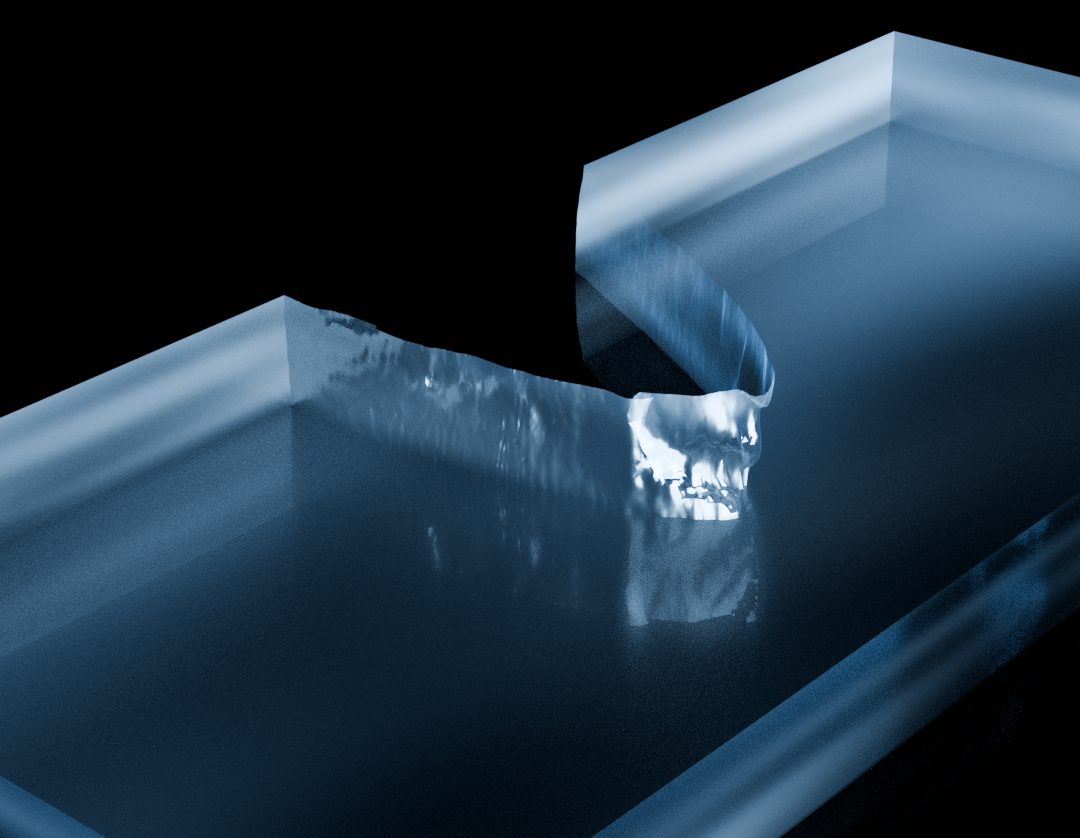EMSI in brief |
 |
Our research aims to uncover universal patterns in how cracks form and surfaces come into contact, topics that are crucial in the world of engineering and science. We employ cutting-edge, rapid imaging techniques to directly observe these processes across spatial scales. Our goal is to gain a deeper understanding of these essential mechanical processes that could have broad applications in various engineering fields.
Drops |
Cracks |
Our research motivation in detail
The mechanical behavior of soft materials is governed by their interfaces. Yet, despite remarkable advancements in recent decades, critical questions about the mechanics of interfaces involving propagating stress singularities – cracks and contact lines – remain open. Propagating singularities present a unique challenge: large-scale forces cause sharp features to move, such as the advancing contact line or the tip of a growing crack. These phenomena share a common mathematical framework, but the material’s response often becomes non-linear as it’s pushed to its limits, and this non-linearity challenges the validity of existing theoretical models.
In our research, we confront these challenges by experimentally investigating the mechanical behavior of soft interfaces. Leveraging our expertise in direct observation and cutting-edge imaging techniques, we gather crucial kinematic data. This data enables us to unravel phenomena like symmetry breaking, identify critical scales that clarify the stress divergence at these singular points, and understand how surface stresses modify the overall behavior of soft materials. Our approach brings new insights into the complex interplay of forces at work in soft materials, bridging the gap between theoretical predictions and real-world material responses.





